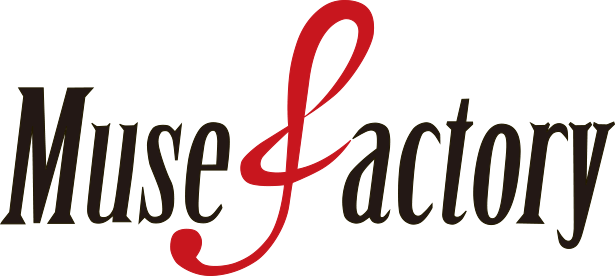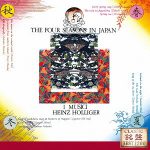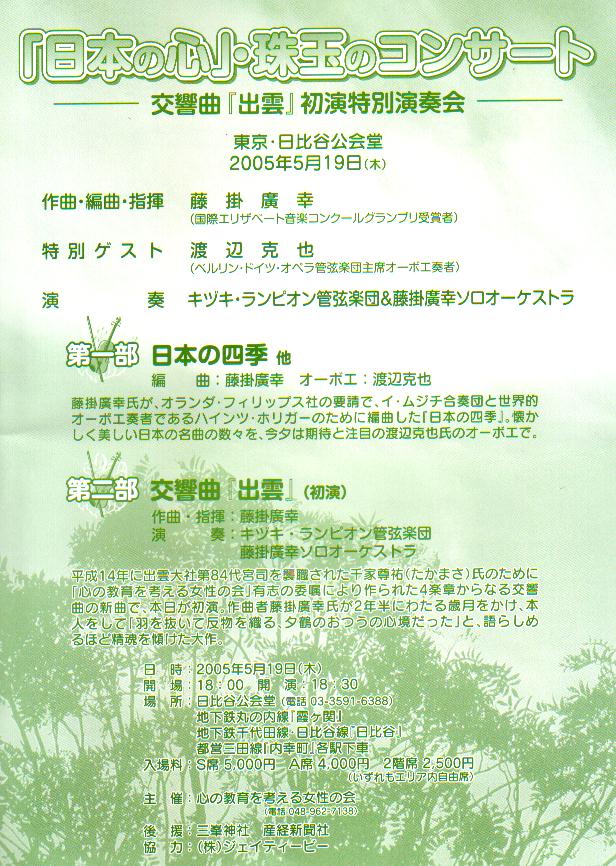Please contact us from Order form for purchasing music scores. Paypal is available and as soon as we’ll confirm the payment, we’ll mail datas of scores.
| Title / Description | Audio Sample / Youtube |
| The Rope Crest – Symphony Orchestra (311) Queen Elisabeth Music Competition Grand Prize
27min. More information please click here With this work, Fujikake became the first Japanese music composer to win the Queen Elisabeth Competition. This music is for a large symphony orchestra with 8 horns. It was inspired by ancient Japanese pottery, which has impressed rope and flame patterns and is thought to be the world’s oldest earthenware. We can imagine a continuum from the time of this pottery to the prosperity of Japanese people who live in the present. This spectacular piece of music tells of the beginning of our culture and emanates the energy of life. Handwriting score (128pages). Check a part of sheet music ▶︎ – First performed by Belgian National Orchestra, conducted byGeorge Octors in Brussels in1977. |
|
| Symphony IZUMO (301) One of the Masterpieces
32min. More information please click here Completed on 21st November, 2004 The best 30 members were selected for the only one night. The performance was with solo orchestra for the premier and later this work was rewritten for the full orchestra. The symphony is consisted of four movements. Hiro worked on it with his whole heart and soul into this piece for more than two and half years to complete. This music was inspired by history of IZUMO, where is believed as “the land of gods” described in “Kojiki”, the oldest extant manuscript of myths and legends in Japan, however the music does not depict the history or mythology. The main theme lies on on this piece is love and being thoughtful mind, and wishing “wold peace”. (184pages / Duration: approx.32min.)
|
The first performance was 30-member-orchestra with Solo Orchestra, after that it was rewritten for full orchestra and wind orchestra.
|
| Symphony JAPAN (302)
30min. More information please click here First performed on 20th June, 1993 Performed on 23rd November, 2003 for the 50th Anniversary This music was initially inspired by Hiro’s homeland,Gifu where is surrounded by beautiful greenery, mountains and rivers then his imagination moved on to the history as well as the great nature of Japan. Respecting classical structure, it’s been written to be totally new style of symphony with combining with Japanese traditional drums in the 4th movement. The 1st movement starts with the dramatic and mighty introduction. The beautiful horn melody changes the theme of the piece in the second movement and it plays an important role throughout the lest of the music. Hiro wishes this music tells the Japanese beautiful spirit to people all over the world. This is how it titled “JAPAN”. Use your imagination to feel Japan spirit! (144pages / Duration: approx.30min.) 1st Movement : Maestoso–Allegro con brio |
First performance at 40th Anniversary↓
At 50th Anniversary↓ |
| Aqua Rhythm – Symphony Orchestra (303)
15min. The original music was for string orchestra with pipe organ(304), commissioned by Salamanca Hall in Japan ,where possesses a beautiful pipe organ. The original piece had a long wait to be performed more than 13 years from the completion of the composition. This music is inspired by various water sounds, such as spring water, a mountain stream, murmuring, a waterfall, a river, and so on. These sounds always create different rhythms that amuse people. There are many expressions about water in Japan, and Hiro likes the saying, “The flowing river never stops and yet the water never stays the same.” The sounds of water remind us of the greatness of the nature as well as our own existence. This music is based on his contemplation on various forms of water. The music consists of two movements. The first movement is an allegro in quintuple meter, and the second is an adagio. Hiro hopes that just as the blessings of water continue to enrich our life for years to come, in the same way this music will be played by many people around the world, since it had not seen the light of day for many years. |
|
| Aqua Rhythm – Pipe Organ with String Orchestra (304)
15min. More information please click here This is the original version of “Aqua Rhythm”. In 2008, Muse-Factory.com was opened and contracted with Universal Music Publishing International in London and Hiro’s music was introduced worldwide. At the same time, the original version of “Aqua Rhythm” with pipe organ was released through the internet. By chance it got the attention of Mr. Kawamura from Gifu Chamber Ensemble and it finally had a chance to be performed at Salamanca Hall, where it was originally commissioned. The wish of Mr. Tsuji and his staff, as well as an element of fate allowed this miracle to happen. Since then it has been performed not only Asian countries but also in Europe. |
|
| Aqua Rhythm– Quartet (305)
15min. The original music was for string orchestra with pipe organ(304), commissioned by Salamanca Hall in Japan ,where possesses a beautiful pipe organ. The original piece had long way to be performed more than 13 years from the completion of the composition. |
|
| Threnody for Symphoney Orchestra (310)
11min. Handwriting score for wining pice from NHK Mainichi Music Competition. (24pages) |
|
| A Song of Spring for Symphony Orchestra (312)
22min. Handwriting score for the wining piece from Japan Symphony Foundation’s Composition Prize. (89 pages) |
| The following collections are for “The four seasons in Japan” by I MUSICI, Heinz Hollinger
|
| Early Spring Song (321) Composed By – Akira Nakada |
|
| The Rain On Jogashima (322) Composed By – Tei Yanada |
|
| Spring Sea (323) Composed By – Michio Miyagi |
|
| Solitude In The Night (324) Composed By – Tadasuke Ohno |
|
| The Road (325) Composed By – Kohsaku Yamada |
|
| Song Of The Sea Shore (326) Composed By – Tamezo Narita |
|
| The Moon On The Ruined Castle (327) Composed By – Rentaro Taki |
|
| A Coconut From Southern Island (328) Composed By – Toraji Ohnaka |
|
| Red Dragonfly (329) Composed By – Kohsaku Yamada |
|
| Song Of Pack-Horse Man In Komoro Of Nagano (330) Composed By – Folk [Japanese Folk Song]* |
|
| I Am Rebuked (331) Composed By – Ryutaro Hirota |
|
| Snowy Town (332) Composed By – Yoshinao Nakata |



